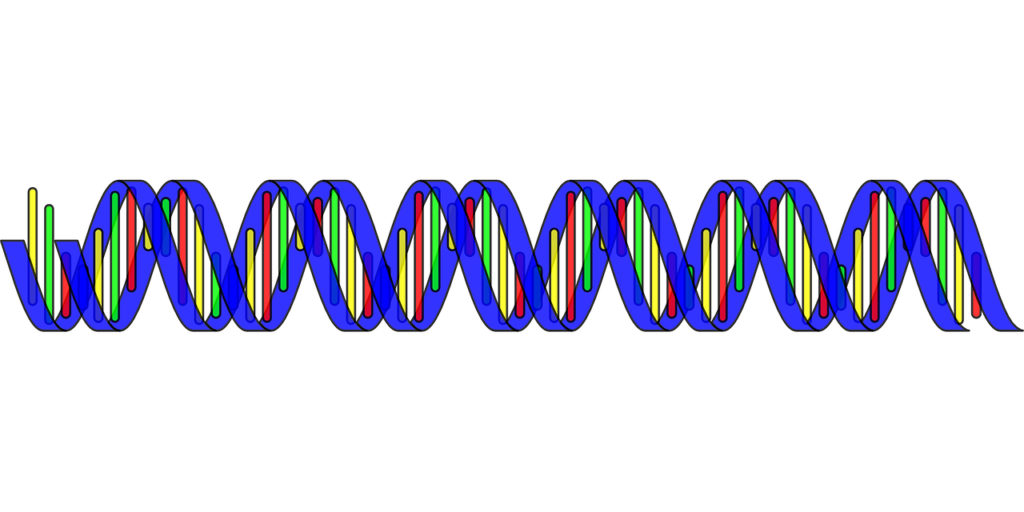
In the largest genetic sequencing study of autism spectrum disorder (ASD) to date, researchers have identified 102 genes associated with risk for autism. The study also shows significant progress towards teasing apart the genes associated with ASD from those associated with intellectual disability and developmental delay, conditions which often overlap. The study results are published online January 23 in the journal Cell.
For this study, an international team of researchers from more than 50 sites collected and analyzed more than 35,000 participant samples, including nearly 12,000 with ASD, the largest autism sequencing cohort to date. Using an enhanced analytic framework to integrate both rare, inherited genetic mutations and those occurring spontaneously when the egg or sperm are formed (de novo mutations), researchers identified the 102 genes associated with ASD risk. Of those genes, 49 were also associated with other developmental delays. The larger samples size of this study enabled the research team to increase the number of genes associated with ASD from 65 in 2015 to 102 today.
“This is a landmark study, both for its size and for the large international collaborative effort it required. With these identified genes we can begin to understand what brain changes underlie ASD and begin to consider novel treatment approaches,” said Joseph D. Buxbaum, PhD, Director of the Seaver Autism Center for Research and Treatment at Mount Sinai, and Professor of Psychiatry, Neuroscience, and Genetics and Genomic Sciences at the Icahn School of Medicine at Mount Sinai.
Obtaining such a large sample was made possible by the Autism Sequencing Consortium (ASC), an international group of scientists who share ASD samples and data. Co-founded by Dr. Buxbaum in 2010 and originally funded by the Beatrice and Samuel A. Seaver Foundation and the Seaver Autism Center for Research and Treatment at Mount Sinai, the ASC is now a multiple-Principal Investigator grant funded by the National Institute of Mental Health.
In addition to identifying subsets of the 102 ASD-associated genes that have disruptive de novo variants more often in people with developmental delays or those with ASD, the researchers showed that ASD genes impact brain development or function and that both types of disruptions can result in autism. They also found that both major classes of nerve cells–excitatory neurons, which trigger a positive and activating change in the downstream neuronal membrane upon firing, and inhibitory neurons, which trigger a negative change upon firing–can be affected in autism.
“Through our genetic analyses, we discovered that it’s not just one major class of cells implicated in autism, but rather that many disruptions in brain development and in neuronal function can lead to autism. It’s critically important that families of children with and without autism participate in genetic studies because genetic discoveries are the primary means to understanding the molecular, cellular, and systems-level underpinnings of autism,” said Dr. Buxbaum. “We now have specific, powerful tools that help us understand those underpinnings, and new drugs will be developed based on our newfound understanding of the molecular bases of autism.”